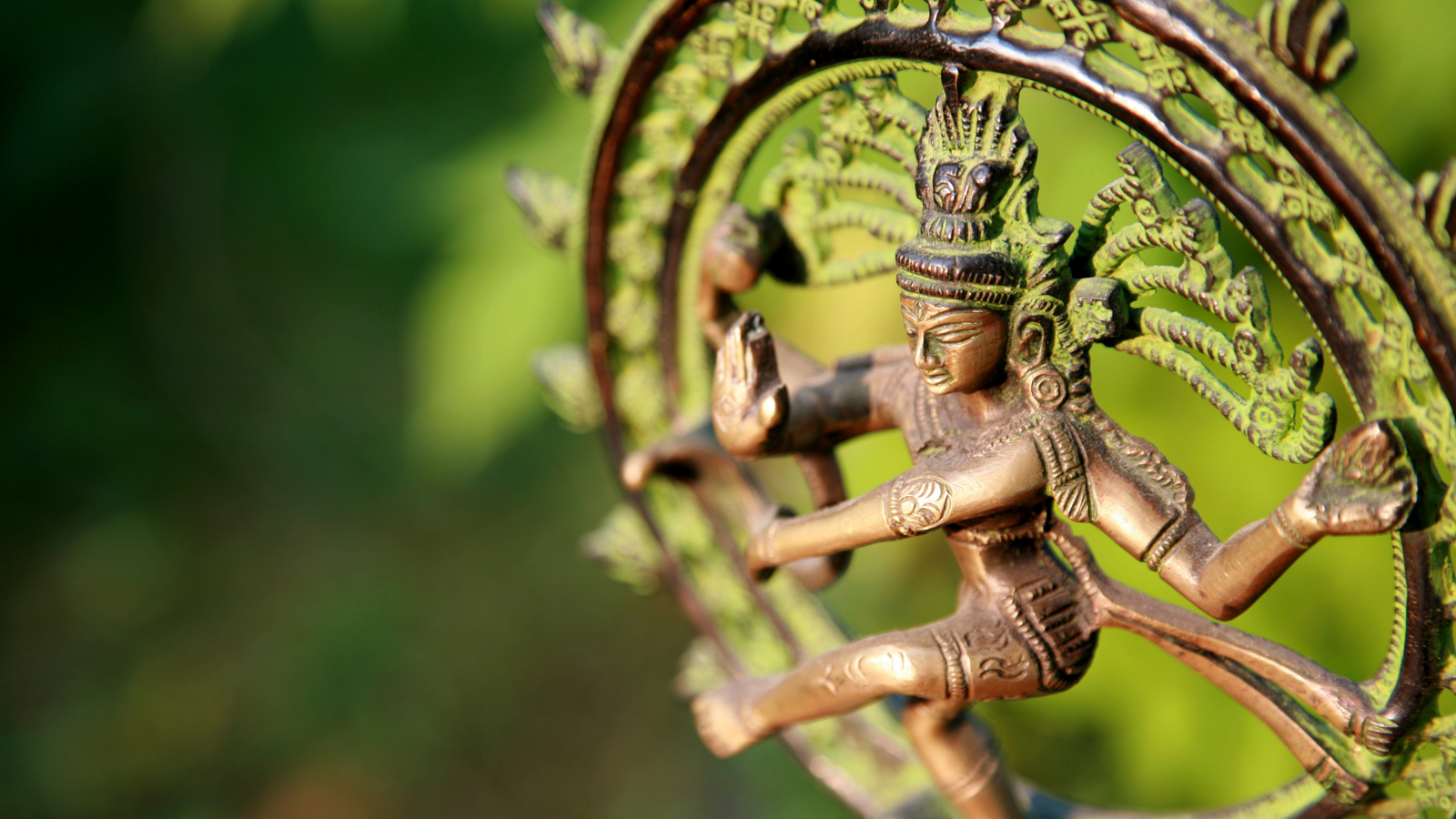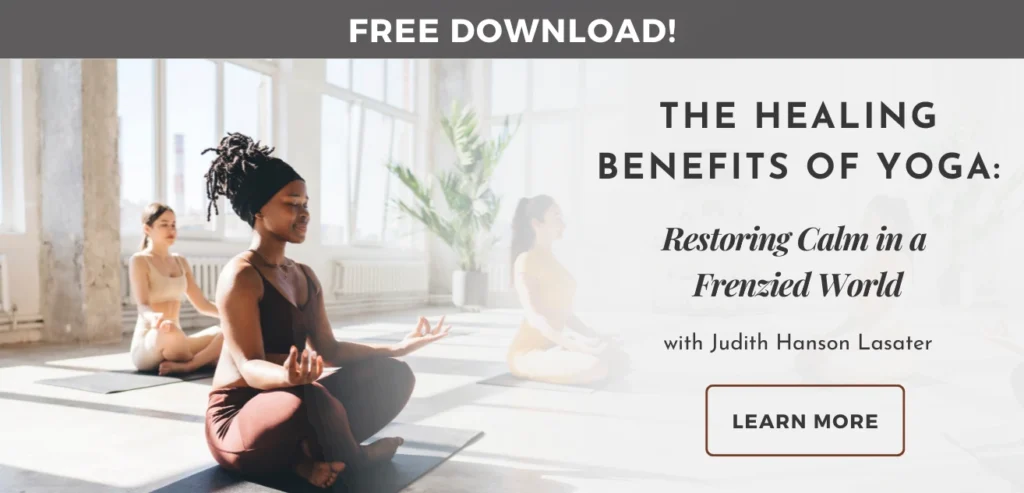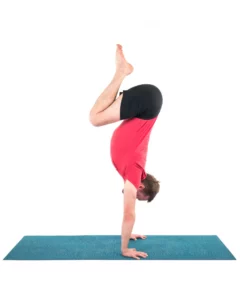Baby Dancer Mini Practice
The Dance of Your Life

Article At A Glance
Natarajasana (King Dancer Pose) is derived from a pose in the classical Indian dance form Bharatnatyam. Perhaps this is why I find it to be one of the most elegant and beautiful forms in modern posture practice.
Nataraj means king or lord of the dancers. This pose honors Shiva in his form as cosmic dancer, the Lord of the Dance. It’s based on the famous form of the Shiva Nataraj, which is originally found in the Nataraja temple in Chidambaram in the south Indian state of Tamil Nadu. It portrays Shiva as the performer of the five universal functions: creation, sustenance, dissolution, concealment, and revelation.
In his upper-right hand, Shiva holds a drum called a Damaru, which signifies creation. In his upper-left hand is a flame, which symbolizes destruction. The lower left arm and leg crossing over his body represent concealment, the ways Shiva hides his presence. His near right hand is in the Abhaya mudra, a gesture of compassion and protection, symbolizing revelation or grace. The equanimity conveyed by Shiva’s facial expression represents the sustaining power of the absolute that remains steady and constant amidst the movement of the dance.

The Dance of Our Lives
Just as Shiva performs these five acts all the time on the universal level, the tradition teaches that we too perform these five acts individually in the dance of our lives.
Consider the practice of asana. There is the creation of the pose, the holding phase where we sustain the pose, and then the dissolution as we release the pose. There might be moments in practice where we are distracted or feel incapable, where our power is somehow concealed from us in our experience. And there are moments when we feel expanded and capable. This can be seen as a revelatory experience, where our innate power is revealed.
How to Practice Baby Dancer Pose
Observe how you enact these five acts in this video practice that explores Baby Dancer Pose. It begins with preparatory exercises to warm up the shoulders, legs, and back, and includes four ways to practice this challenging and invigorating balancing pose.
Through the focus of your gaze and the even rhythm of your breath, practice staying connected to the steadiness of your center within the movement of the poses.
Props needed: one strap, one bolster, and a small amount of wall space.
Also, read...
Pranayama: Expand Your Life Energy
Nyasas: Turn Your Body into a Temple
Restorative Yoga: A Sequence to Build and Maintain Resilience
Related courses

Barrie Risman is an internationally recognized yoga teacher, teacher trainer, and author of Evolving Your Yoga: Ten Principles for Enlightened Practice. Download the first chapter of her book and learn more about her new livestream workshop series, Yoga for Turbulent Times: Building Strength, Resilience, and Compassion for a Changing World, at www.barrierisman.com.



